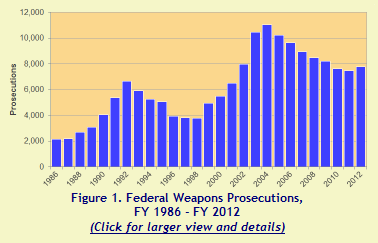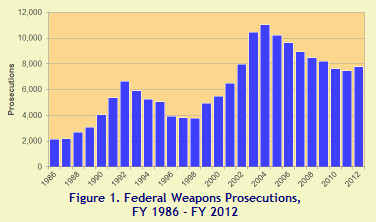
In terms of having an impact on a large number of people, the biggest news of the week may be yesterday’s announcement by Transportation Secretary Tony Tata. He proclaimed that the DMV will follow the Attorney General’s advice and will issue driver’s licenses to young illegal immigrants who are protected from deportation under the Deferred Action for Childhood Arrivals program announced by President Obama last summer. The News and Observer reports here that 18,000 to 50,000 North Carolina residents may be eligible for licenses. One attorney described the announcement as “a nice Valentine’s Day present for the immigrant community.”
In other news:
1. Interesting appeals. The Appellate Division was busy hearing interesting cases this week. The court of appeals heard lawyers for ousted Durham District Attorney Tracey Cline argue that she didn’t receive due process, as WRAL reports here. Meanwhile, the state supreme court again considered whether certain inmates sentenced to “life” terms between 1974 and 1978 – when “life” was defined as 80 years – are entitled to sentence reduction credits that could result in their release. (The court has previously addressed this issue, ruling that no credits need be awarded, as Jamie discussed in detail here. However, that case involved convictions for first-degree murder while the current case involves defendants convicted of lesser offenses, according to this News and Observer story.)
2. No bare breasts? The General Assembly is in full swing. One bill that has garnered some attention is HB 34, which would expand (clarify?) the indecent exposure statute, G.S. 14-190.9, to encompass the exposure of “the nipple, or any portion of the areola, of the human female breast.” According to this ABC News story, “[c]o-sponsor Rep. Rayne Brown, R-Davidson, told members of the House Judiciary Committee . . . that her bill was triggered by topless rallies promoting women’s equity that were held during the last two years in Asheville. Though her district is more than a two-hour drive from Asheville, Brown said her constituents are concerned whether the topless protests are legal.”
3. Enforcement of existing gun laws. The gun control debate continues to rage, with President Obama addressing the issue again in the State of the Union address. Some argue that the government should do more to enforce existing gun laws, rather than adopting new ones. This new Syracuse University TRAC Report provides some useful data on current federal gun prosecutions (way up since 1998, but down since 2004, as shown in the chart), and also notes that more weapons cases are prosecuted at the state level than federally.
4. Funny stories. Finally, some news items I couldn’t resist. (1) The National Jurist, a magazine for law students, released law school rankings. The methodology is a bit suspect, as the rankings place heavy weight on self-selected students’ ratings of their professors on the website Rate My Professors, notwithstanding the fact that, as explained here, the site is “hardly [used] at all by law students,” and contains, for example, reviews of non-existent instructors. But still, UNC placed highly! (2) A member of the Georgia legislature, angry that someone publicized an image of his head Photoshopped onto a porn star’s body, has introduced a bill that apparently would prohibit “lewd” and “coarse” Photoshopping. I’m against lewd Photoshopping as much as the next guy, but when the representative told a reporter that “[n]o one has a right to make fun of anyone. It’s not a First Amendment right,” my immediate thought was that Hustler Magazine, Inc. v. Falwell, 485 U.S. 46 (1988), pretty much holds exactly to the contrary. (3) Finally, a 22-year-old English woman who “blinged” her electronic monitoring ankle bracelet has been fined for the offense. Based solely on this tabloid article, it seems like a bum rap: she says she asked the person who fitted her if she could decorate it and was told yes (that’s an estoppel argument right there) and the pictures suggest she did a really nice job putting faux diamonds on it (possible justification defense).

